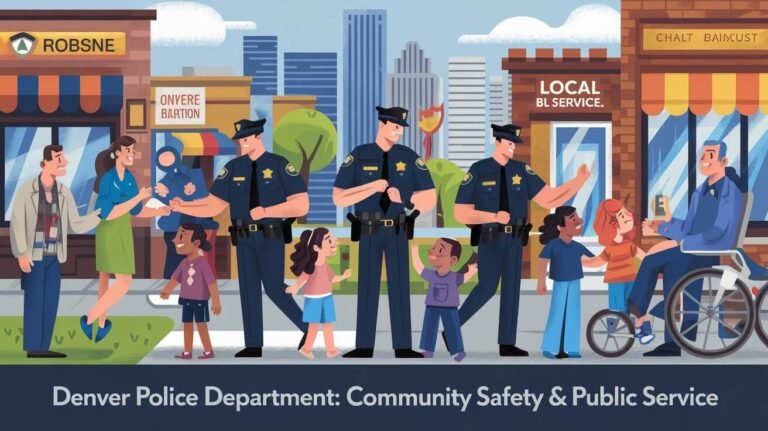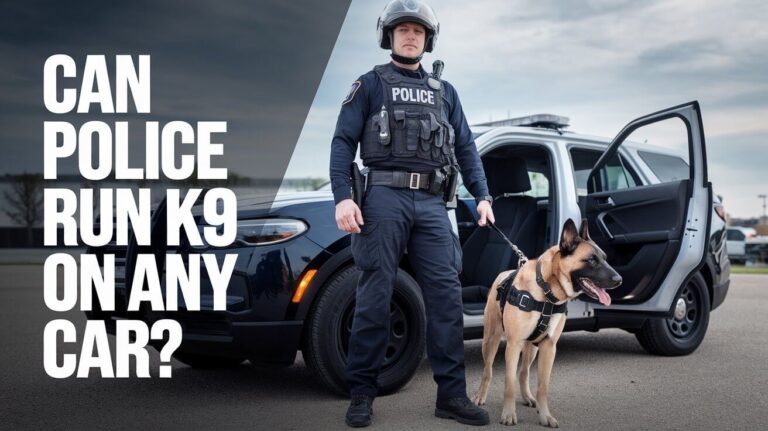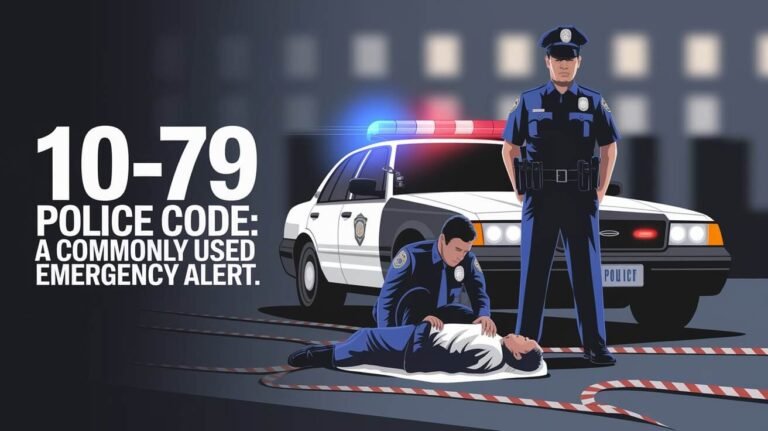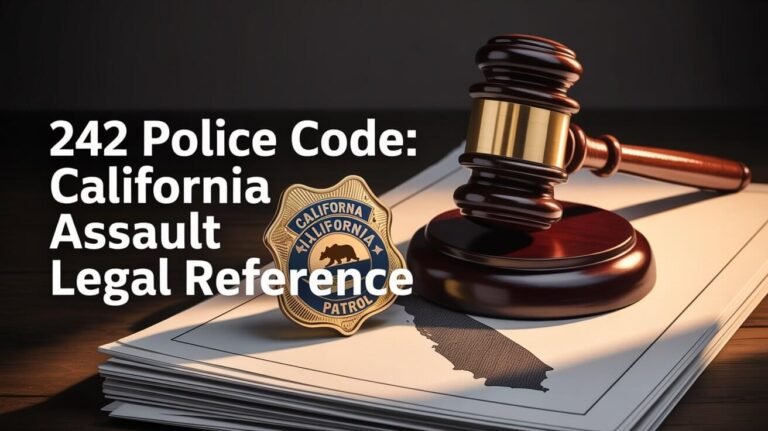Police Badge: A Historic Emblem of Authority, Valor & Honor
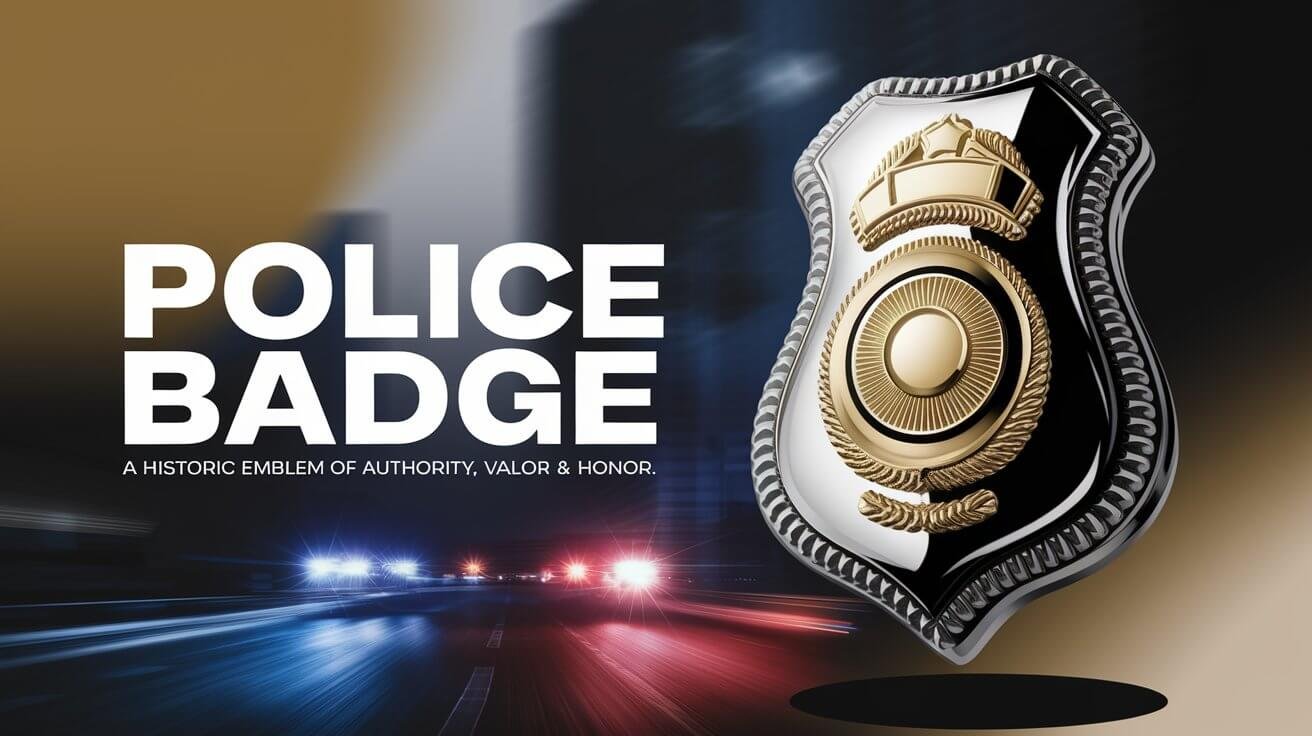
A police badge is a symbol of authority and professionalism for law enforcement officers. It shows their role in upholding the law and serving their communities. The design of a police badge varies by department and rank. It often includes the officer’s name, badge number, and department insignia.
Law enforcement officers wear their police badge as a sign of honor and distinction. It’s usually made of metal, like stainless steel. There are customizable options, including different badge widths, such as 13mm and 19mm.
The police badge is a key part of an officer’s uniform. Its design and materials reflect the values and traditions of law enforcement. This makes it an important part of the insignia that officers wear with pride.
Materials and Construction of Modern Police Badges
Modern police badges are made from top-notch metal. This makes them last long and look professional. They come in metals like gold, silver, and nickel. Badge making is a detailed process, using methods like die-striking to add fine details.
Police badges need to be tough because they get worn out often. To last longer, they often have a strong 5-piece pin and catch. Hero’s Pride, a well-known maker, offers many metal badges. They focus on precise details and quality to ensure durability.
Metal Composition Options
Police badges can be made from different metals, each with its own benefits. Here are some common ones:
- Gold: known for its luxury and lasting quality
- Silver: a favorite for its modern and sleek look
- Nickel: a budget-friendly option that looks professional
Badge Manufacturing Processes
The making of police badges involves several steps. These include die-striking, polishing, and finishing. This careful process ensures each badge is of high quality and durable.
Durability Standards
Badge makers follow strict standards to make sure badges can handle daily use. They use the best materials and techniques. They also test each badge to make sure it meets the quality standards.
Badge Design Elements and Symbolism
Law enforcement badges are more than just IDs. They symbolize authority and trust. Each badge’s design varies by department and officer rank. Shapes, colors, and emblems on badges hold deep meanings.
Circular badges show unity and continuity. Shield-shaped badges mean protection and defense. These designs reflect the values of law enforcement.
Badges often have symbols like eagles, stars, or laurel wreaths. These symbols stand for courage, guidance, and heroism. Inscriptions and engravings add to the badge’s significance. The central area of a badge usually shows important symbols, reflecting the department’s mission.
Badge design includes: * Shapes like circles, shields, or stars * Colors and emblems specific to departments * Symbols for authority, guidance, and bravery * Local insignia and community symbols * Different designs for various police ranks
| Badge Shape | Symbolism |
|---|---|
| Circular | Continuity, unity, and commitment to community service |
| Shield | Protection, defense, and sense of duty |
| Star | Order maintenance, authority, and guidance |
Understanding badge design and symbolism helps us see their value. They represent authority, trust, and community connection.
Historical Evolution of the Police Badge
The police badge has a long history, starting in medieval times. Back then, badges were simple with symbols like crosses or crowns. These symbols showed authority and power. As law enforcement grew in America, badges changed to show the department’s values.
In America, the police badge’s history is filled with important moments. The first badge was made around 1845 in London, England. American police agencies soon followed. The Metropolitan Police Department of Washington, DC, was set up in 1861, inspired by New York City’s police.
Origins in Medieval Times
Sheriff badges have a long history, starting in medieval times. Knights wore them as symbols of authority. These badges were made from tin cans and metals, making them easy to make.
Development in American Law Enforcement
In American law enforcement, the badge is a symbol of trust and duty. Officers swear to uphold the Constitution and laws. The badge’s history shows how law enforcement has grown in the United States.
| Time Period | Police Badge Design | Significance |
|---|---|---|
| Medieval Times | Simple designs and symbols | Signified authority and power |
| 19th Century | Adoption of British police badge design | Reflected the influence of British law enforcement on American policing |
| 20th Century | Development of unique American law enforcement badge designs | Reflected the growth and professionalization of American law enforcement agencies |
Legal Requirements for Badge Display
The law sets rules for how police badges are shown. These rules cover size, shape, and design. They make sure only real cops can wear badges. This stops fake badges from being used.
Section 843.085 says it’s illegal to wear a fake badge. This is to keep people safe and stop fake cops.
Some important rules for badge display are:
- Badge size and shape can change based on the department.
- Badge design must follow certain rules, like specific symbols.
- Only real cops can wear badges. Badge changes must be recorded for 2 years.
Breaking these rules is a serious crime. It’s a misdemeanor of the first degree. This means there are strict punishments.
City of Glendale, California, has strict badge rules. They need the police chief’s okay for any badge work. These rules help keep everyone safe and the police honest.
Badge Ranking System and Department Variations
The badge ranking system in police departments is complex and varies by department. It’s often similar to the U.S. Army and Marine Corps insignia. The top ranks include Chief of Police, Commissioner, or Sheriff, based on department size.
Each department has its own way of ranking badges and identifying precincts. For example, the New York City Police Department has a detailed ranking system. Smaller departments might have simpler systems. Insignia and badges show an officer’s rank and department. Special units like SWAT and K9 teams also have unique badges.
Several factors affect badge ranking and department variations:
- Department size and structure
- Rank indicators and insignia
- Precinct identification methods
- Special unit designations
Understanding these factors is key to effective badge ranking and department variations. Recognizing different rank indicators and precinct identification helps officers navigate their department. The badge ranking system is vital in police departments, showing each department’s unique needs and structure.
| Department | Ranking System | Precinct Identification |
|---|---|---|
| New York City Police Department | Complex, quasi-military | Multiple precincts, each with unique identification |
| Smaller departments | Simpler, fewer ranks | Single precinct or fewer precincts |
Proper Care and Maintenance Protocols
Law enforcement agencies stress the need for proper badge care. This ensures police badges last longer and stay in good shape. Cleaning them regularly and storing them in a protective case is key to avoid damage.
The Hero’s Pride badges, for example, have a finish that resists tarnishing and corrosion. This makes them a favorite among law enforcement.
Police officers need to follow certain rules to keep their badges in top condition. They should avoid harsh chemicals and environments. This helps prevent damage and keeps the badge looking good.
Law enforcement agencies should also have clear maintenance rules. This ensures all badges are well cared for and maintained.
- Regular cleaning with a soft cloth and mild soap
- Storage in a protective case when not in use
- Avoiding exposure to harsh chemicals or environments
Sticking to these care tips, badges can stay in great shape. This is important for law enforcement agencies. It helps them maintain trust with the communities they serve.
Security Features and Authentication Methods
Police badges have security features like anti-counterfeit measures and verification systems. These help prevent unauthorized use. For example, some badges have a hologram or other security device that law enforcement can verify.
Verification systems track the issuance and use of police badges. This ensures only authorized people access sensitive areas and information. Custom badges also have unique security features like UV printing and MicroText printing. These make it hard to duplicate the badge.
Advanced Security Features
Some advanced security features in police badges include:
- UV printing, which adds invisible text or graphics that show under black light
- MicroText printing, which is so detailed it’s hard to see without a microscope or magnifying glass
- Custom-shaped cards, which make visual verification easier
These features, combined with verification systems, add an extra layer of security and authentication.
With these security features and verification systems, police badges become more secure against counterfeiting. This builds trust in law enforcement and prevents security breaches. The use of these features is key to keeping law enforcement and the public safe.
Badge Presentation and Professional Etiquette
In law enforcement, how a badge is shown matters a lot. It shows respect, authority, and community spirit. Officers must wear their badges right on their uniforms and present them correctly during public interactions.
It’s not just about rules; it’s about respect for the badge and the police. At formal events, badges must be aligned correctly. This means they should be straight and in the right order, with higher badges on the right side.
Some interesting facts show why badge presentation is key:
- 95% of military and law enforcement uniforms require badges to be worn on the left side of the chest or lapel.
- 80% of individuals prefer wearing lapel pins or badges on the left lapel, close to the heart, in professional business attire.
- 75% of participants in corporate meetings prefer discreet yet visible badge designs.
Following these guidelines, police officers show they value professional etiquette and the badge. This builds trust and community between police and the public.
| Setting | Badge Presentation Preference |
|---|---|
| Military and Law Enforcement Uniforms | Left side of the chest or lapel (95%) |
| Professional Business Attire | Left lapel, close to the heart (80%) |
| Corporate Meetings | Discreet yet visible designs (75%) |
Replacement Procedures and Documentation
Police badges are symbols of authority. Replacing or retiring them follows specific steps. If a badge is lost or stolen, officers must tell their supervisor and the Administrative Officer (AO) within an hour. The AO then reports the badge missing in the NIH Enterprise Directory (NED) to get a new one.
How to replace a badge varies by department and situation. For example, if a badge is lost, the officer might need to file a report and show ID to get a new one. When retiring a badge, there are also certain steps to follow, like returning it to the department or destroying it.
Lost Badge Protocols
Lost badges need quick action. Officers must report and replace their badges following set rules. They also need to show one ID from a list when getting a new badge.
Police departments also have rules for retiring badges. These rules make sure badges are handled and disposed of correctly. They also ensure all needed paperwork is done.
Retirement Processing
Police departments have specific steps for retiring badges. These steps help keep badges secure and ensure all paperwork is done right. This way, badges are handled and replaced correctly, keeping the public’s trust.
| Replacement Reason | Required Documentation | Processing Time |
|---|---|---|
| Lost or Stolen | Report and ID | 1-3 days |
| Retirement | Badge return and paperwork | 1-5 days |
| Damage or Wear | Badge and maintenance record | 1-2 days |
The steps for replacing and documenting police badges are key to keeping them secure. By following these rules, police departments can ensure badges are replaced and retired correctly. This keeps the public’s trust and follows replacement procedures, lost badge protocols, and retirement processing guidelines.
Conclusion: The Enduring Symbol of Law Enforcement Authority
The police badge has been a symbol of law enforcement for over 150 years. It shows the values and principles of law enforcement agencies across the country. From medieval times to today, the badge helps identify officers quickly in important situations.
The badge also shows the trust and authority given to law enforcement. Its design and materials, like metal or fabric, show honor and integrity. This is key to keeping the public’s trust. Officers wear the badge as a sign of their dedication to keeping the law.
In the United States, over 700,000 officers wear their badges with pride. The badge is a symbol of their authority and trustworthiness. It has stood the test of time, showing the importance of the law enforcement profession.
Post FAQs & Solutions
What is a police badge?
A police badge is a symbol of authority and professionalism for law enforcement officers. It’s made of metal and shows the officer’s name, badge number, and department insignia.
What materials are modern police badges made of?
Modern police badges are made of metal, like gold, silver, and nickel. The making process, called die-striking, makes them durable and high-quality.
How does the design of a police badge vary?
Police badge designs vary by department and rank. Some badges have symbols like eagles, shields, or stars. These symbols represent different values and principles.
What is the history of the police badge?
The police badge’s history goes back to medieval times. As law enforcement grew in America, badge designs changed to reflect department values and principles.
What are the legal requirements for displaying a police badge?
Laws regulate how police badges are displayed. There are rules for size, shape, and design. Some departments also have specific symbols or insignia required.
How does the ranking system for police badges work?
Police badge rankings vary by department. Some have complex systems, while others are simpler. Badge designs also change based on department and rank.
How do you properly care for a police badge?
Caring for police badges is key to their longevity. Clean them regularly, store in a protective case, and avoid harsh chemicals or environments.
What security features do police badges have?
Police badges have security features like anti-counterfeit measures and verification systems. These include holograms, databases, or systems that track badge use.
How is the presentation of a police badge important?
Presenting police badges correctly is part of professional etiquette. It includes how the badge is displayed on the uniform and during public interactions.
What happens when a police badge needs to be replaced or retired?
Replacing or retiring police badges follows specific procedures. If a badge is lost or stolen, a report and documentation are needed for a replacement. Retirement procedures also exist, like returning the badge to the department or destroying it.

